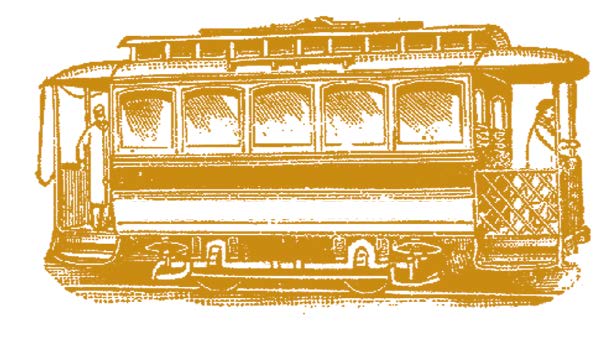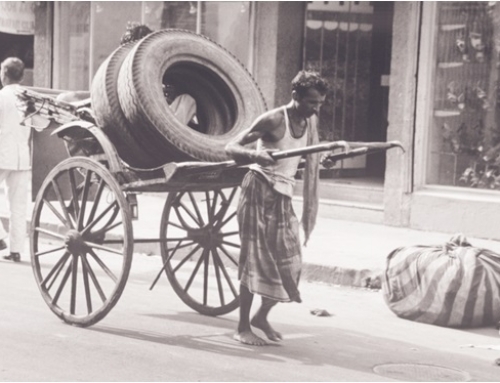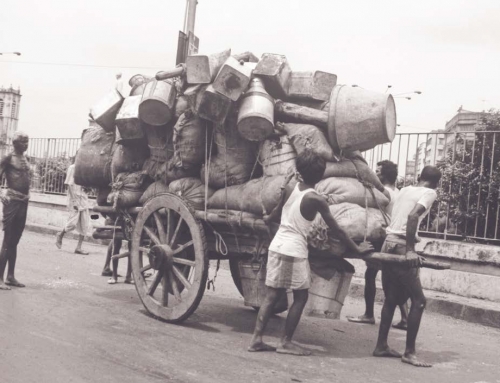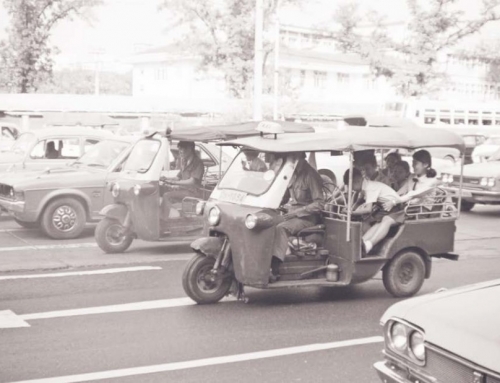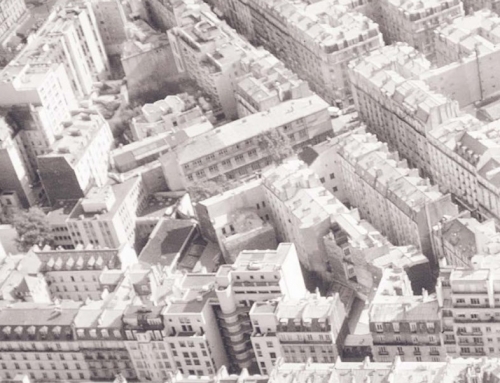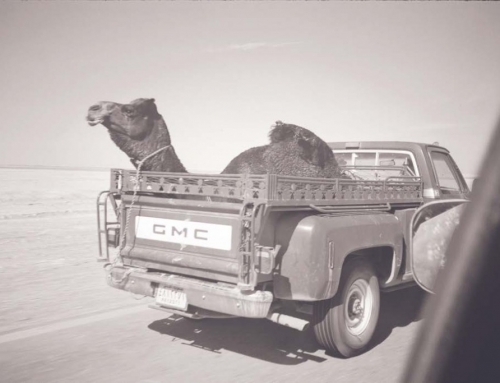Mel Webber wrote and thought a lot about cars. He frequently pointed out that cars remain the first choice for transport for most people because their convenience and door-to-door accessibility are unmatched by any other mode. However, many cities are headed toward traffic paralysis because cars are so popular. Car ownership and use continue to increase, but there is little expansion in road capacity.
The principal response of transportation planners to increasing congestion over the past fifteen years has been development and deployment of “intelligent transportation system” (ITS) technology. But the improvements produced by ITS have been minute and incremental, largely limited to managing traffic flows, reducing delay resulting from crashes and mishaps, and providing better information to travelers. For fast-growing metropolitan areas, something more radical is needed. Mel understood this challenge. He sought ways of serving the desire for personal transport that do not add to congestion or pollution.
The desire for personal mobility is one of the defining traits of modernity. Even in places where fuel prices are high, transit services outstanding, and population density high—as in much of Europe—cars continue to be the first choice of most people. Cars have become so dominant in many countries that most travelers no longer reflect on their mode choice—they just routinely turn to personal vehicles. The result is an extravagant use of resources. Vehicles with masses twenty times greater than the person being transported—and a spatial footprint at least 100 times larger—are being used to move individuals for one hour or less per day.
Are these trends irreversible? Only with great difficulty. In the US, and increasingly elsewhere, we have created a transportation monoculture. Within metropolitan areas, almost everyone travels by car. All passenger vehicles are expected to serve almost all purposes. All roads serve all vehicles. Almost all vehicles operate on petroleum fuels. Parking is free virtually everywhere outside of city centers. Most roads are also free, and almost all are government-owned.
Transportation is arguably the least innovative sector in our society. Change is slow, even though what we have is far from ideal.
This monoculture is resistant to innovation. Transportation is arguably the least innovative sector in our society. Change is slow, even though what we have is far from ideal. The cost of motorization is high, for the individual as well as society, and the service provided is not as good as it could be. People spend large amounts of time driving, parking, and maintaining their vehicles. We own all-purpose vehicles that are ill-suited to many applications—a short neighborhood trip does not require the same vehicle as a trip to pick up furniture, for example.
The challenge facing the transport sector of the US and every other nation is how to provide access to activities that people want and need to perform without increasing vehicle travel and resource consumption. More mobility is revered as a fundamental attribute of progress and affluence. But the goal is not mobility; travel is a means to accomplish some task or participate in some activity. Recent research suggests that many people enjoy a small amount of private peaceful driving every day—an average of about fifteen minutes to and from work or school—but for the most part people do not strive to spend more time in cars. Indeed, in major metropolitan areas, traffic congestion is often the number one complaint.
With dramatically improved information and computing capabilities, the design and management of our transportation system can be transformed. The technical barriers to delivering greatly improved traveler information, facilitating intermodal connectivity, and creating institutions to provide appropriate vehicles and services are dwindling. It is now possible, using new information technologies, to provide more access at less cost. But doing so implies a sweeping transformation of transportation institutions and behavior. Mel Webber envisioned this future many years ago with his paper, “The Marriage of Transit and Autos: How to Make Transit Popular Again,” in which he proposed that transit should become more like cars in accessibility, convenience, and even size. How does one embark on such a path, in which new modes and new services are created? And why haven’t we?
So far, the application of smart technologies to transportation has been aimed primarily at enhancing the facilities and services that already exist; very few have envisioned a true transformation of business or personal interactions. But telecommunications, travel planning and wireless communication management devices linked to the Internet, small personal vehicles, and new “smart” transport modes (carsharing and “smart” paratransit) all have the potential to transform business and lifestyles. These technologies have faltered until now because they have been introduced individually and incrementally, rather than as part of a system. Furthermore, many have not been economically viable or even possible until now. And barriers like mismatched communication standards still hold back worldwide growth and compatibility.
Mel Webber broke ground when he wrote about the ways that telecommunications would transform mobility.
Mel Webber broke ground when he wrote about the ways that telecommunications would transform mobility. Now we are beginning to see how these technologies may be used to replace, complement, and enhance travel. The key is to link mobility options to make various choices widely available and easily accessible. Real-time Internet travel planning services could direct travelers to the optimal choice for that traveler, with seamless transfers and billing. If carsharing and/or smart paratransit were available, a traveler could use one or the other for occasional trips to the office or airport. Short neighborhood errands or shopping trips could best be made with a small inexpensive vehicle. Under such a scenario, one can imagine a household eliminating one or even two of its full-size vehicles. The net effect may prove to be more overall travel, but it would be accomplished in a less costly and less consumptive fashion.
A future challenge, beyond interoperability, is the integration of several technology-based options to provide synergies and choices that lead to a healthier, more efficient, and more equitable transportation system. Promoting and integrating multiple technologies and systems within a supportive policy environment could foster innovative transportation solutions that can compete in accessibility and convenience with the conventional auto. The benefits of these interwoven mobility services may be large. Individuals could benefit from greater convenience and less cost; communities could benefit from less space devoted to vehicles, less noise, less infrastructure cost, and greater connectivity.
None of these alternatives are now flourishing in the United States, principally because none, by itself, can offer the versatility of a conventional automobile. For this new mobility system to function more effectively than single, stand-alone alternatives, the alternatives must be coordinated, and information technologies will play a huge role in facilitating this connectivity.

